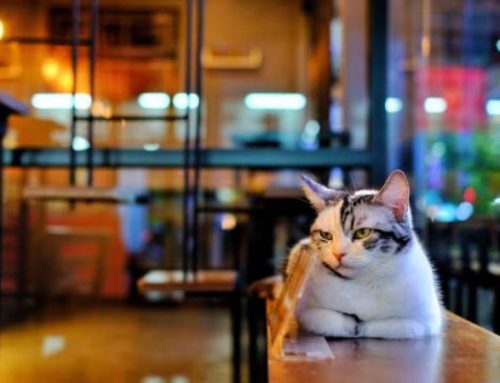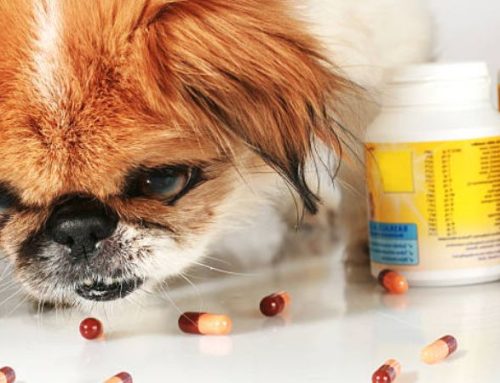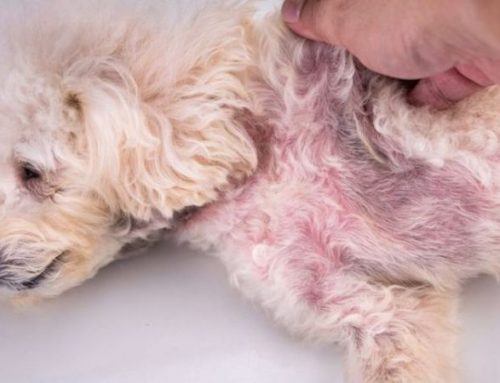Cats are full of surprises, and their paws are no exception. Those tiny, soft pads at the tips of their toes often called “toe beans” aren’t just adorable; they’re fascinating tools that reveal a lot about a cat’s biology and personality.
While most cats sport the standard number of toes, some are born with extra digits, giving rise to the intriguing world of polydactyl cats. In this guide, we’ll explore the mystery behind those extra toes, uncover what they mean for your feline friend, and reveal why these little “thumbs” have captured the curiosity of cat lovers everywhere.
The Standard Cat Toe Count
Understanding the typical structure of a cat’s paws is the first step in appreciating feline anatomy and caring for your pet. Before exploring rare variations like polydactyl cats, it’s important to know the standard toe count for cats.
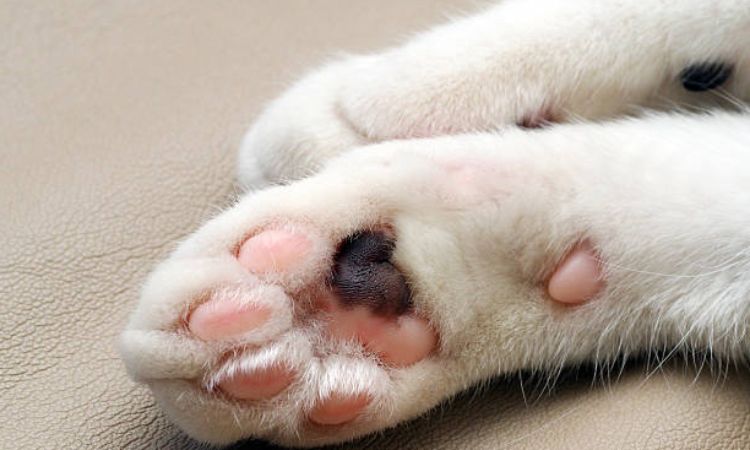
1. The Definitive Answer: Standard Toes
So, how many toes do cats have on each paw? The simple answer is that most cats have 18 toes in total. This breaks down to five toes on each front paw and four toes on each back paw.
The front paw anatomy is specially designed for both precision and agility. Each front paw has five digits, including the inner dewclaw, sometimes referred to as a thumb. While the dewclaw does not touch the ground during walking, it plays a crucial role in gripping objects, climbing, and catching prey. The remaining four toes are equipped with retractable claws that help cats maintain balance, traction, and hunting efficiency. Knowing this anatomy is also important for practical care such as safely trimming your cat’s nails since each toe contains a sensitive nail bed protected by the soft paw pad.
2. The Back Paw Exception
When it comes to the rear paws, the configuration is slightly different. Most cats have four toes per back paw, which supports walking, running, and jumping. This is why many people wonder, “Do cats have 5 toes on their back feet?” The answer is generally no the fifth digit is usually absent or underdeveloped.
This leads to the dewclaw difference. Unlike the front paws, cats rarely have a functional dewclaw on their hind legs. On rare occasions, some cats may have a small, non-functional dewclaw on a back paw, but it does not contribute to mobility or grip. This explains why the standard back paw count remains four toes. Understanding this distinction helps cat owners avoid confusion and sets the stage for learning about polydactyl cats felines with extra toes beyond the typical 18.
The standard cat toe count consists of five toes on each front paw (including the dewclaw) and four toes on each back paw, totaling 18 toes. This baseline is essential for understanding normal feline paw anatomy before diving into the fascinating world of polydactylism.
Polydactyl Cats: The Secret of “More”
1. What is a Polydactyl Cat?
A polydactyl cat is a feline born with more toes than the standard 18. This trait, known as polydactyly, is a harmless genetic mutation an autosomal dominant trait meaning that only one parent needs to carry the gene for some kittens in a litter to inherit extra toes.
Because of polydactyly, it’s not true that all cats have five toes on their front paws and four on their back. Polydactyl cats challenge the conventional anatomy of cats, adding charm, functionality, and often, a little extra mischief to their paws.
2. How Many Toes Do Polydactyl Cats Have?
Polydactyl cats typically have six or seven toes on their front paws, and occasionally, extra toes on their back paws as well. The number of extra digits varies depending on the individual cat and its genetic expression. Some polydactyl cats even set records: Jake, a ginger tabby, holds the Guinness World Record with 28 toes seven on each paw.
There are two main types of polydactyly:
- Mitten (Pre-Axial) Polydactyly – Extra toes grow on the inner side of the paw, near the thumb or dewclaw, giving the paw a mitten-like appearance.
- Patty-Foot (Post-Axial) Polydactyly – Extra toes grow on the outer side of the paw, sometimes resembling a small bun or “patty” on the edge of the paw.
These variations create asymmetrical paws in some cats, adding both uniqueness and a distinctive charm.

3. The Famous History of Multi-Toed Cats
Polydactyl cats have a long and storied history. Ernest Hemingway, the renowned American author, famously adored these multi-toed felines. He acquired a six-toed cat named Snow White, and many of her descendants still roam Hemingway’s Key West estate, home to over 60 polydactyl cats today.
Long before Hemingway, sailors also valued polydactyl cats. Extra toes were believed to enhance balance, climbing ability, and hunting prowess, making these cats excellent ship companions for catching rodents and navigating rolling decks. Over time, this combination of practicality and charm cemented the polydactyl cat as both a skilled hunter and a beloved companion.
Niche and Value-Based Cat Toe Questions
1. Rare Breed and Mix Queries
Certain hybrid or exotic cat breeds, such as Bengals, Savannahs, or Pixie-bobs, often raise questions about toe counts. The core principle remains the same: polydactyly is a dominant genetic mutation, meaning that a cat only needs one parent carrying the gene for extra toes to potentially pass it on.
For hybrid cats, such as those speculated to carry bobcat ancestry, it’s important to clarify: there is no verified bobcat/domestic cat hybrid. Consequently, any domestic cat with bobcat-like traits—such as a Pixie-bob or a large, muscular domestic cat—is genetically a standard domestic cat. Their toes typically follow the normal pattern: five on each front paw and four on each rear paw, unless a polydactyl mutation is present.
Thus, addressing the keyword question: “do bobcat domestic cats mix have 4 toes or 5?”—the answer is straightforward: standard domestic cat toes apply unless a polydactyl gene is inherited, in which case extra digits can appear on one or more paws. Hybrid lineage does not inherently alter the expression of the polydactyly mutation.
2. The Price of Extra Digits: How Much is a Polydactyl Cat Worth?
Polydactyl cats—cats with extra toes—do attract attention, but their market value depends on multiple factors:
- Pedigree and Lineage – Cats descended from historically famous polydactyl lines, such as the Hemingway cats of Key West, may carry higher prices due to their notable ancestry.
- Breed Popularity – Breeds that already have strong demand, like Maine Coons or Pixie-bobs, may see slightly elevated prices for polydactyl individuals.
- Color and Appearance – Eye-catching coat patterns, distinctive markings, and symmetry of the extra toes can influence desirability.
- Local Market Demand – In some regions, polydactyl cats are considered lucky or aesthetically appealing, affecting the sale price.
While extra toes are charming and unique, they rarely add significant value unless tied to a famous lineage or a high-demand breed. For most polydactyl cats, the standard market price is comparable to a similar non-polydactyl cat of the same breed, age, and health status. The allure of extra digits is mostly sentimental or novelty-based rather than a strict economic driver.
Care and Grooming for Multi-Toed Paws
1. Grooming Challenge: Extra Nail Maintenance
Each extra toe comes with an additional claw that needs regular trimming. Unlike standard claws, extra dewclaws or “thumbs” often don’t touch the ground, so they may not wear down naturally. This can lead to overgrown nails, which may curl into the paw pad or snag on carpets, furniture, or bedding.
Practical Tip:
- Inspect all paws at least once a week.
- Trim every claw, including those on the inner or outer extra digits.
- If your cat is anxious about nail trimming, consider using soft paws (nail caps) or ask a veterinarian or groomer for guidance.
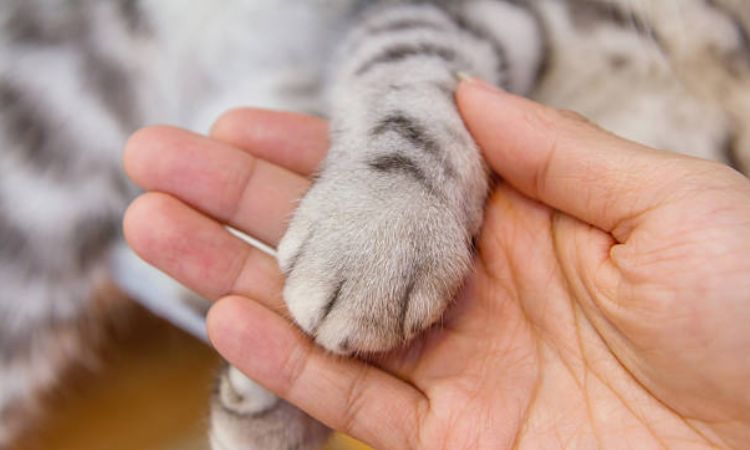
2. Health Considerations: Watch for Rare Complications
While polydactyl cats are generally healthy, extra toes can occasionally cause minor issues:
- Ingrown or Overgrown Nails: If a nail grows too long and curls into the paw pad, it can cause pain, inflammation, or infection. Prompt trimming is essential to prevent discomfort.
- Mobility Challenges (Rare): Most polydactyl cats walk, run, and jump normally, but unusually large or malformed extra toes may slightly affect paw alignment. Monitor your cat’s gait for limping or favoring a paw, and consult a veterinarian if issues arise.
- Paw Hygiene: Extra toes create additional spaces where dirt, litter, or debris can accumulate, increasing the risk of irritation or infection. Cleaning between the toes during regular grooming sessions is recommended.
Caring for your cat’s paws, whether standard or polydactyl, is more than just a grooming task it’s a way to ensure comfort, mobility, and long-term health. Understanding the unique structure of feline toes, from the classic five front and four back to the extra digits of multi-toed cats, helps you provide targeted care, prevent issues like overgrown nails or debris buildup, and appreciate the remarkable adaptations these paws offer. By paying attention to nail trimming, hygiene, and monitoring for rare mobility concerns, you can support your cat’s well-being while celebrating the extraordinary variety in their toes.


